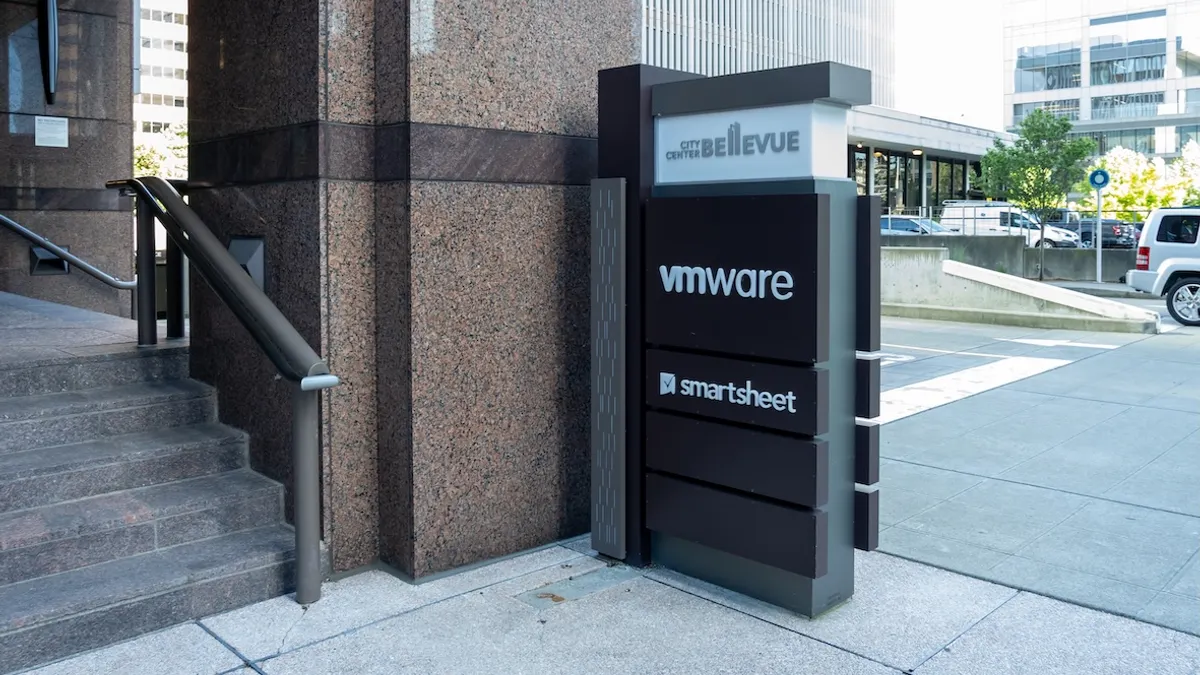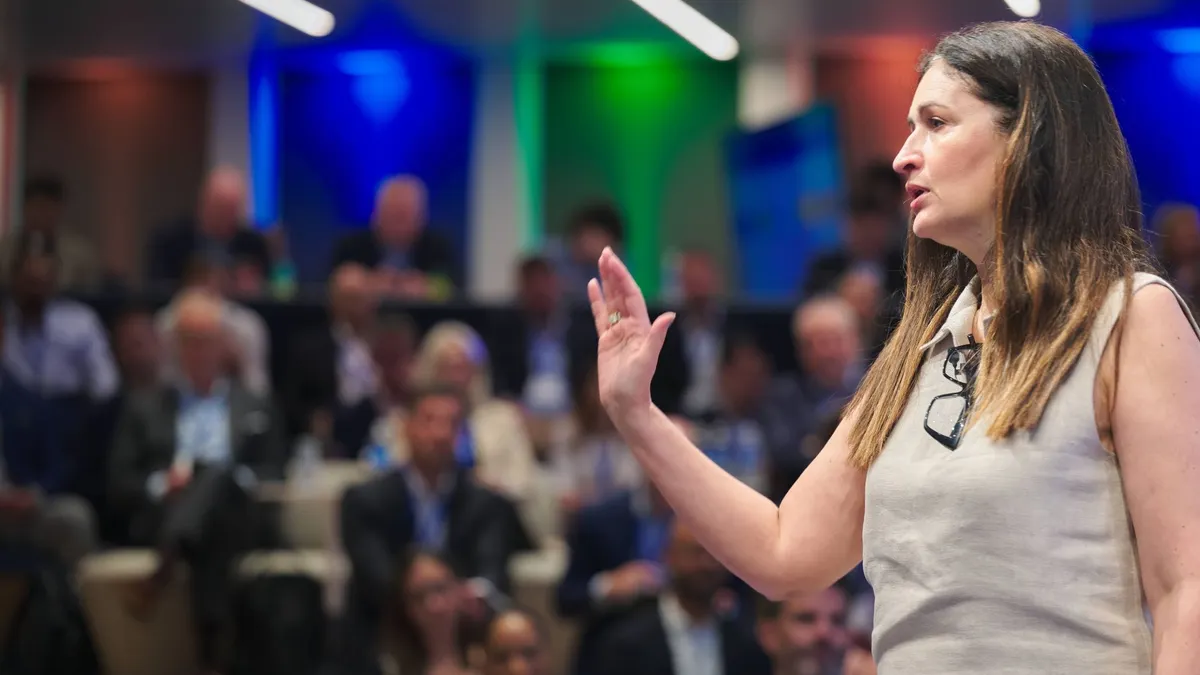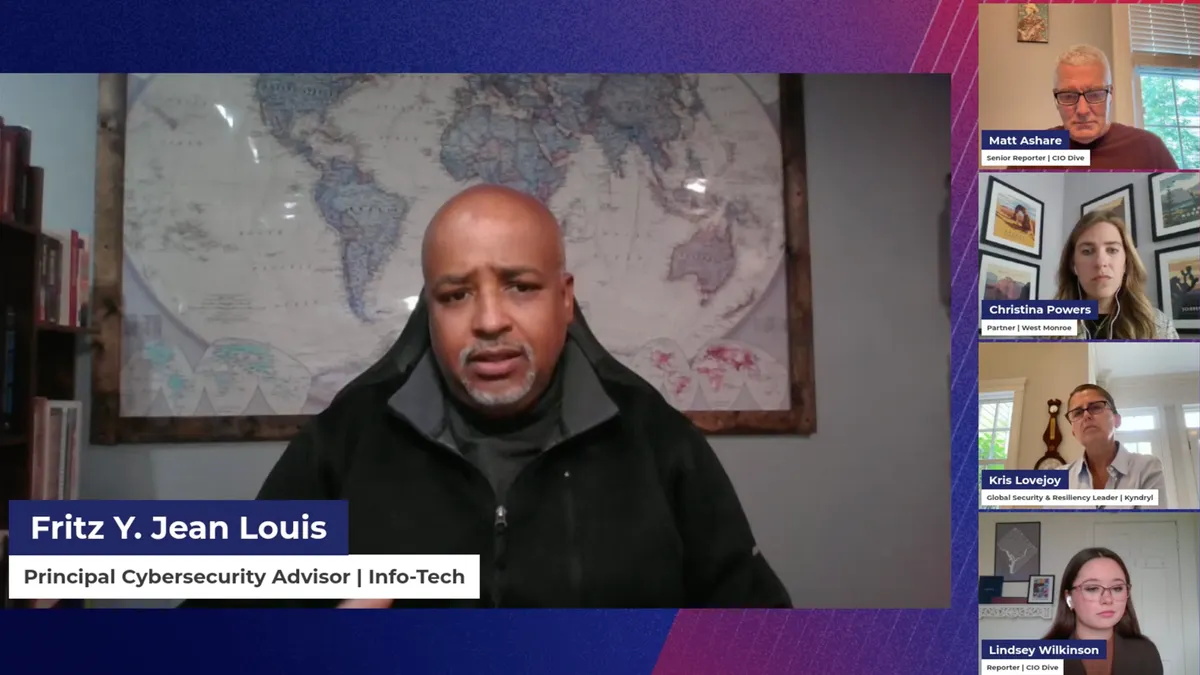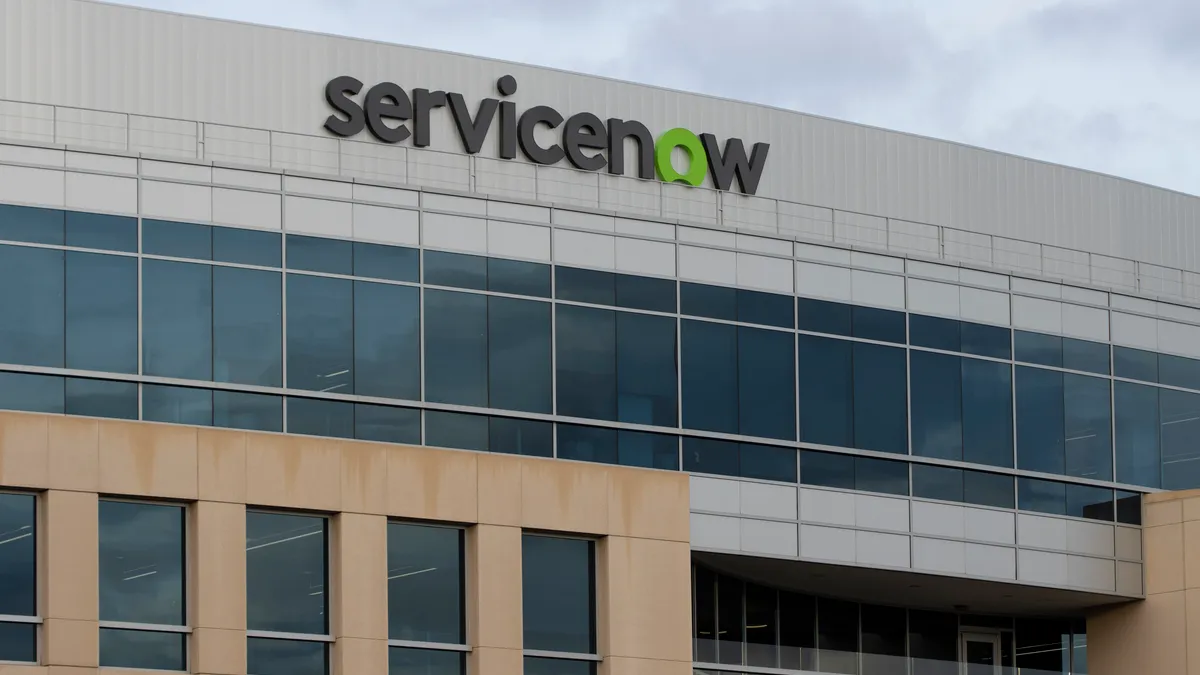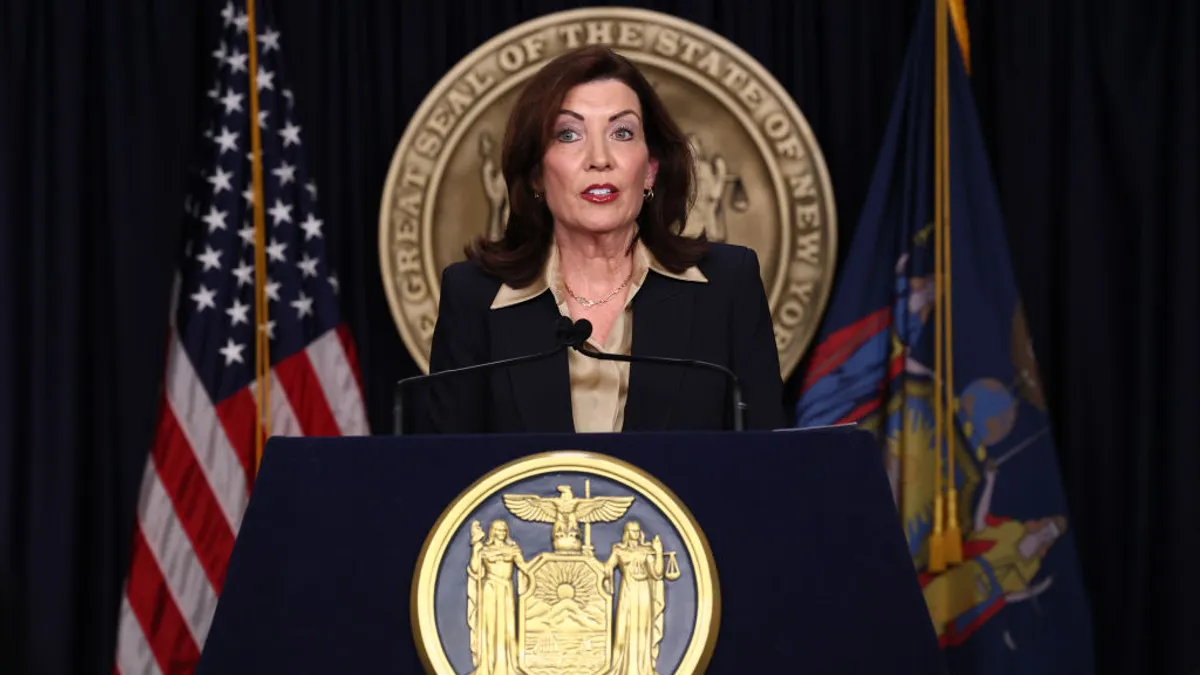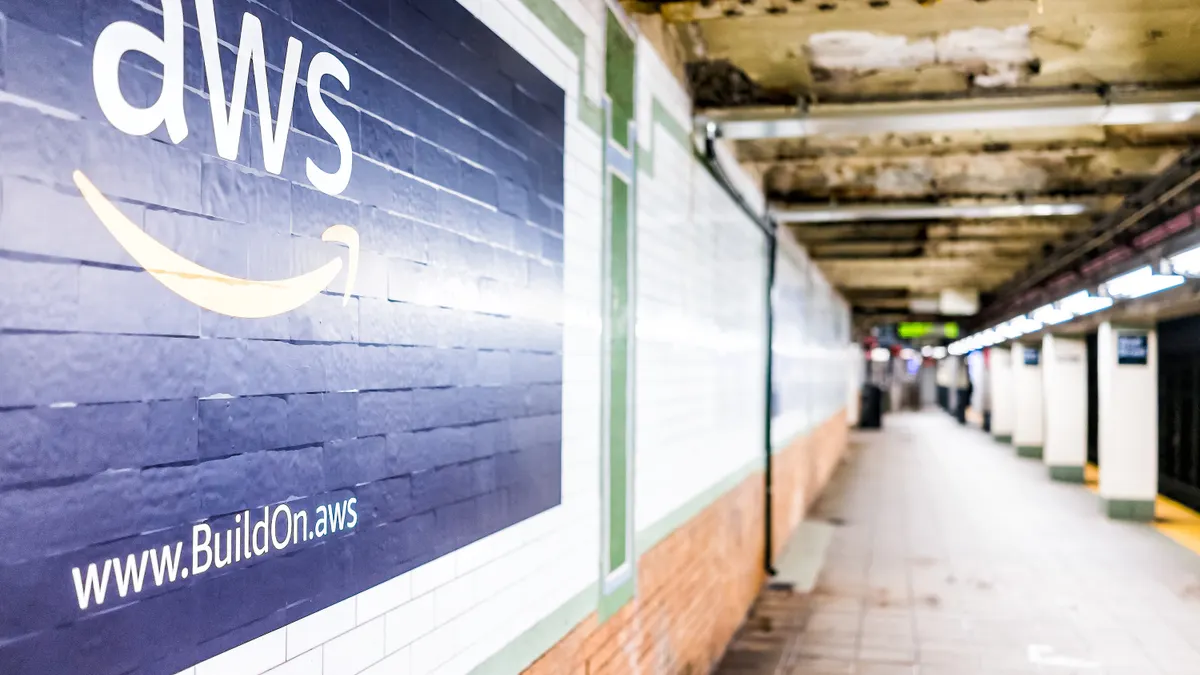Broadcom’s multibillion-dollar acquisition of VMware nearly two years ago signaled fundamental changes in the nearly ubiquitous virtualization software suite. As customers grappled with change, they also faced a looming deadline for the vSphere 7.x server virtualization platform, which will cease to receive security patches, updates and general support services on Oct. 2.
The sunsetting of support for a central VMware component comes amid deeper changes ushered in by the switch in ownership.
Shortly after the acquisition, Broadcom replaced perpetual licensing with a subscription-based software services model and packaged thousands of previously available offerings into the VMware Cloud Foundation private cloud bundle.
In July 2024, customers with vSphere 7.x deployments were given a six-month reprieve that extended general support for the system as well as two related VMware components — the vSan 7.x software storage platform and vCenter 7.x control panel — from its original termination date of April 2.
The deferment was intended to give customers “greater flexibility in planning future upgrades,” a Broadcom executive said in a blog post announcing the extension.
The implication, however, remained clear, according to Iain Saunderson, CTO at IT service provider Spinnaker Support. “If you don't upgrade or renew, whatever the case might be, you will not get support from Broadcom, full stop,” he told CIO Dive.
Consolidation in the vendor landscape represents an inflection point for customers, as they manage the risks associated with technology dependencies and the realities of rising IT costs. Migrating or even upgrading core systems like vSphere can take a big bite out of enterprise tech budgets, trigger operational disruptions and consume valuable engineering bandwidth.
Broadcom provided two upgrade pathways: Customers can either move directly to vSphere 8 or import vSphere 7 into the full VCF bundle, said Jonathan McDonald, master architect on the VCF Portfolio Services engineering team, in a July blog post.
Third-party providers offer a different pathway for customers who are still weighing their options. Spinnaker, which launched its VMware practice amid customer turmoil a year ago, pledged to provide vSphere support indefinitely for organizations that choose to remain on the platform.
Customers are still not sure what they want to do, whether that's keep what they have running for the foreseeable future, migrate to other technologies or return to Broadcom in a couple of years, according to Shane O’Rourke, senior director of VMware global support services at Spinnaker.
The issue customers are confronting is uncertainty about VMware’s trajectory going forward, not dissatisfaction with the product itself, according to O’Rourke, who spent more than a decade working in global technical support services at VMware prior to his current role at Spinnaker.
“Customers love VMware — I know that from having worked with the product for so long,” O’Rourke said. “Unfortunately, customers are confused about what their options might be after the acquisition … a lot of those customers feel they’re not getting the relevant communication from Broadcom,” he said, adding that he’s spoken to customers just weeks away from their license expiring who are still waiting to hear back from Broadcom.
Broadcom has made an effort to reach out to customers regarding vSphere upgrades and end-of-support, the company said in an email.
“Customers have access to quite a bit of information from differing sources to help guide them as we approach the vSphere 7.x end of general support,” the company told CIO Dive. “We began publishing and sharing blogs on this topic more than a year ago … and all our sales teams were enabled on this topic to help ensure this was an ongoing topic of conversation with customers.”
Bad timing
Broadcom's VMware acquisition took roughly 18 months to close, a period that overlapped with the vSphere 8 rollout. The platform that replaced vSphere 7.x reached initial availability in October 2022 and continued to be updated through June 2024.
Many customers took a wait-and-see approach to upgrading, owing to the timing of its release, according to O’Rourke. A vSphere 7 upgrade arrived just a few months before the acquisition, he said, and the earliest versions of new products tend to be buggy and subject to slow adoption.
There are also operational concerns when a new version of a critical software suite. Upgrades are not always plug-and-play operations.
“Upgrading is not easy,” O’Rourke said. “During my time at VMware, upgrades were the biggest driver of support cases. Depending on the customer size, an upgrade could take months and months of planning.”
O’Rourke characterized vSphere as the cornerstone of VCF. “It’s the engine of the car — a core, bread-and-butter technology,” he said.
Broadcom’s other post-acquisition moves added several layers of difficulty to what was already a heavy lift.
The chipmaker upended VMware’s existing program for the technology partners many organizations rely on for upgrades, system integrations and other technical issues. Broadcom winnowed down its cloud partner ecosystem Monday in a move that will require some customers to find new partners.
“We understand that transitions can be challenging, and we are proactively assisting both partners and customers to ensure these moves are as seamless as possible and bring real value as quickly as possible, addressing any temporary issues head-on,” the company said in an announcement.
Bundling individual products into a private cloud platform was also a customer pain point, raising VMware costs by as much as threefold, Gartner VP Analyst Andrew Lerner told CIO Dive last year. AT&T claimed the price tag for its VMware deployments went up by over 1,000% in a lawsuit that it settled with Broadcom in November.
Companies with critical systems running on legacy vSphere virtual servers were up against the clock as their perpetual licenses wound down.
“It's like owning a car and it runs on a certain type of gasoline, and there's no more gasoline available,” said Saunderson, who also handles third-party support for Oracle and SAP at Spinnaker.
“We’ve taken what we do with SAP and Oracle support and applied it to VMware,” Saunderson said. “But I’ve seen more confusion in the market about VMware than we’ve seen in a decade from SAP or Oracle, and it happened in a very compressed timeframe.”
Virtual decisions
As the drama around VMware played out, customers looked for alternatives and vendors aimed to bridge the gap between the old virtualization software and the VCF private cloud bundle.
O’Rourke sees companies looking at Nutanix and Red Hat as alternatives to VMware but stresses that many of Spinnaker’s customers are happy with their current deployments.
“More and more companies are exploring cloud-based solutions to reduce their on-prem footprint,” said O’Rourke. “They own their perpetual licenses so they can run them forever [in the cloud].”
Gartner expects cost concerns to drive 70% of enterprise-scale VMware customers to migrate their virtual workloads to cloud by 2028, the analyst firm told CIO Dive via email. Forrester anticipates that VMware’s largest 2,000 customers will reduce their deployments by an average of 40%, according to research published in October.
O’Rourke cautions clients that the migration process can be arduous and disruptive. It’s not a decision to be taken lightly, particularly for larger enterprises.
“If you're migrating from VMware to whatever alternative, it's not a switch you turn off on a Friday and you turn back on Monday morning — it can take years,” said O’Rourke.
AT&T said it would cost the company up to $50 million to change virtualization vendors, according to court papers filed a year ago.
Third-party support can be a temporary way station for enterprises as they plot their course to VCF or an alternative, Saunderson said.
“Our solution is not a forever solution,” said Saunderson. “It’s a tool you can use as you plan out your journey from VMware or prolong that move to a subscription model.”
O’Rourke advises customers planning to hold out with vSphere 7 to take several steps before the Oct. 2 deadline.
“The minute the contract ends, customers will lose access to previous patches and any upgrade or installation media they might need, so archive those materials beforehand,” said O’Rourke. “You’re entitled to it, you can download it, and you should keep it in local storage in case you ever need it.”


